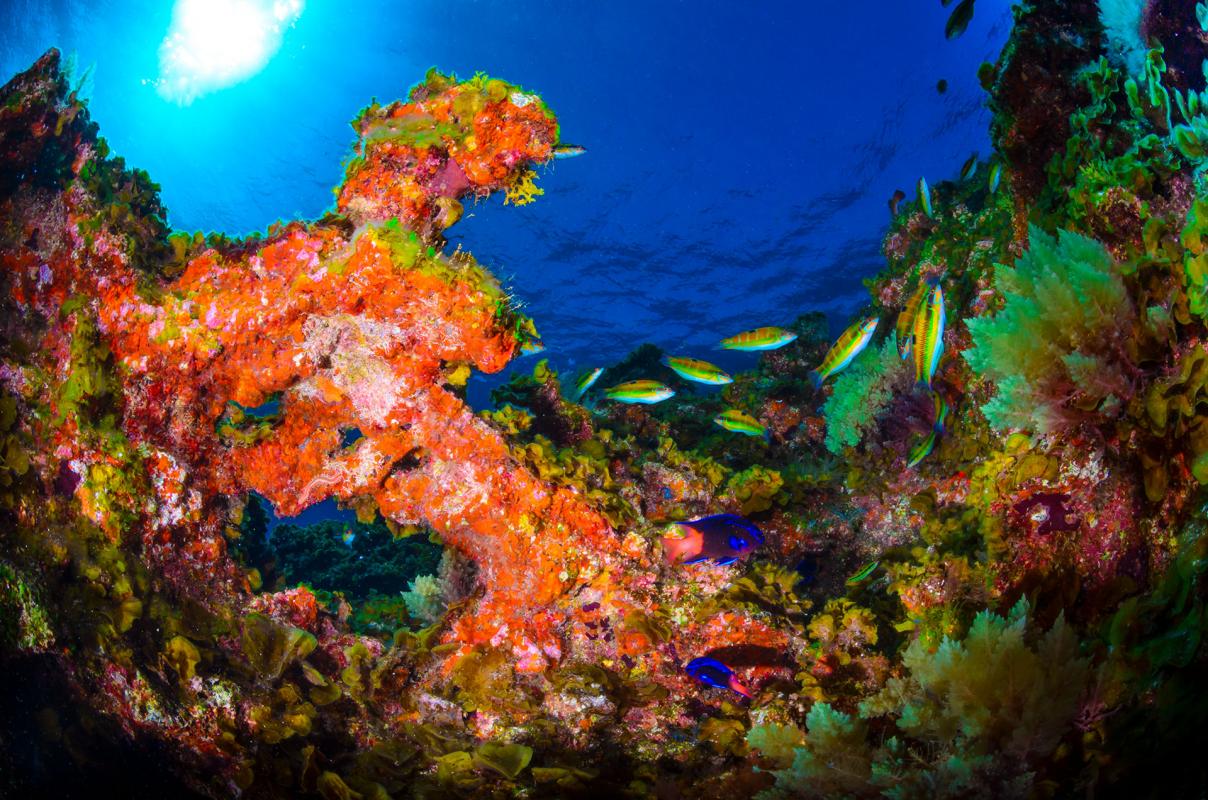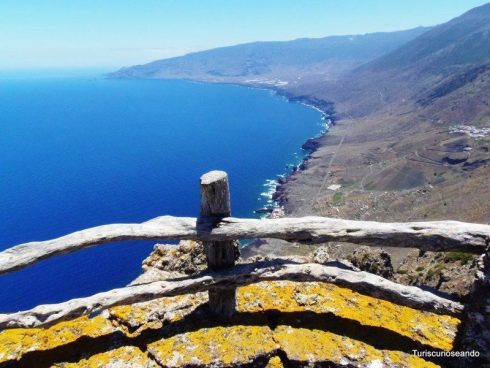El Hierro Marine National Park
Spain announces its first marine national park: 24,000 hectare refuge could come with tourism restrictions.

The Spanish government has approved a proposal to create the country’s first fully marine national park in a move applauded by ecologists.
The 24,000-hectare park will be located in the Mar de las Calmas, the sea off the coast of El Hierro, the tiny Canary Island and Spain’s southernmost point.
The area is renowned for its extraordinary marine biodiversity including sharks, dolphins, tuna, stingrays and turtles.The underwater landscape is sculpted by reefs, caves, tunnels and volcanic peaks, with the seabed dropping to 3,000 metres in depth, providing a habitat for an astonishing variety of species.
Teresa Ribera, the ecological transition minister, said: “We have started the process that allows us to announce a new national park. The Mar de las Calmas is a unique place, perhaps the greatest in tropical and sub-tropical diversity. It will have the greatest degree of protection”.
Once approved, it will be Spain’s 17th national park, but the first to entirely be based in water.
 |
The move follows over a decade of lobbying by environmental and ecological groups, and support from organisations including Greenpeace, Oceana and the Spanish Institute of Oceanography. Other supporters include the island’s traditional fishermen, who have continued their activity despite the declaration of a marine reserve in 1996, although groups including sport fishing associations and diving clubs have expressed reservations. Michael Sealey, a senior policy adviser for Oceana Europe, said: “The islanders have been very careful in the way they use marine resources. It is important to value this so that the islands can continue their traditional activities as soon as the national park is implemented”. The management of the marine park will be the responsibility of the central government, unlike in national parks on land. Some have raised concerns that the recognition of a marine national park will bring uncontrolled levels of tourism to the region, potentially disturbing the tranquility of an island which is just 270km² in area. |
Natach Aguilar, a researcher at the department of animal biology at the University of La Laguna, said: “We must find the middle ground between taking advantage of the tourist attraction, the jobs that this can generate and not disturbing the tranquility of the island, which is undoubtedly a special enclave with up to 18 species of cetaceans, four of them beaked whales, two of which are resident”.
Aguilar warned that ‘everything could break down if the national park encourages uncontrolled tourism’ and advocated for a tourist tax and a limit on the number of visitors and tourist boats allowed.